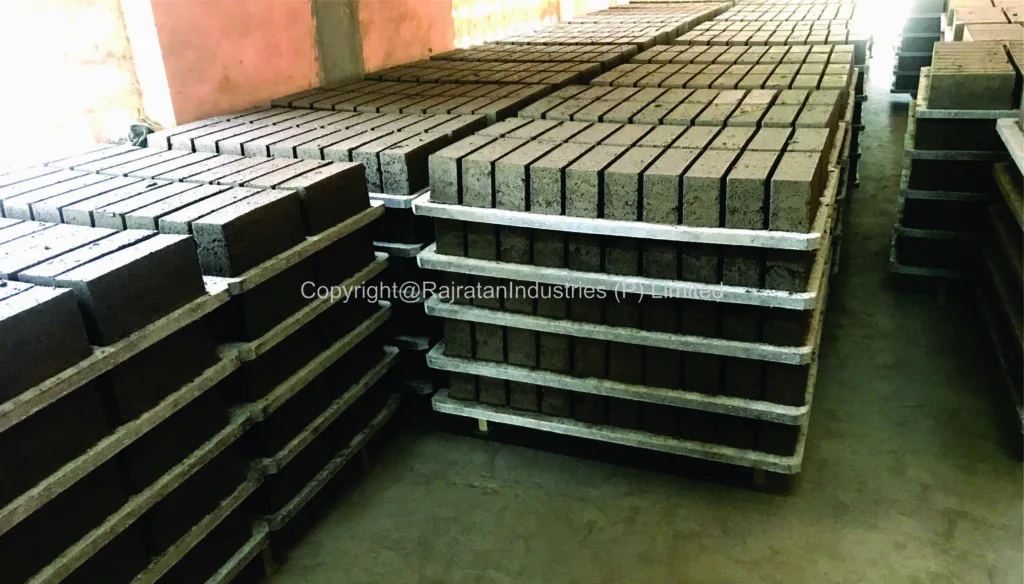Fly ash bricks are an eco-friendly and durable alternative to traditional clay bricks, offering improved strength and sustainability for modern construction. To make the most of this innovative material, adopting best practices in production, handling, and construction is essential. Here’s how to ensure your building projects are efficient and environmentally responsible using fly ash bricks.
1. Choosing High-Quality Materials
Select fly ash bricks that meet IS 12894 standards for compressive strength and water absorption. Look for bricks with uniform size, shape, and a smooth finish to ensure a consistent and reliable structure.
2. Optimizing Mortar Mix
Use a 1:6 cement-sand ratio for most general construction purposes. Ensure the mortar is evenly applied to minimize gaps and enhance bonding between bricks, improving the structure’s durability.
3. Proper Storage and Handling
Store fly ash bricks in a dry area to prevent exposure to moisture before use. Stack them on pallets like PAC Pallets from Rajratan Industries to avoid contact with the ground and ensure easy transportation.
4. Water Curing for Strength
After construction, cure the walls for at least 7–10 days by sprinkling water periodically. Proper curing enhances the strength and longevity of the structure.
5. Eco-Friendly Construction Practices
Incorporate fly ash bricks into green building projects to reduce environmental impact. Their lower embodied energy and recycling potential make them an excellent choice for sustainable construction.
Need free samples of PAC Pallets ?
Call Rajratan Industries at +91 9685927927 (Monday to Saturday, 10 AM to 6 PM) for more details and expert guidance.

